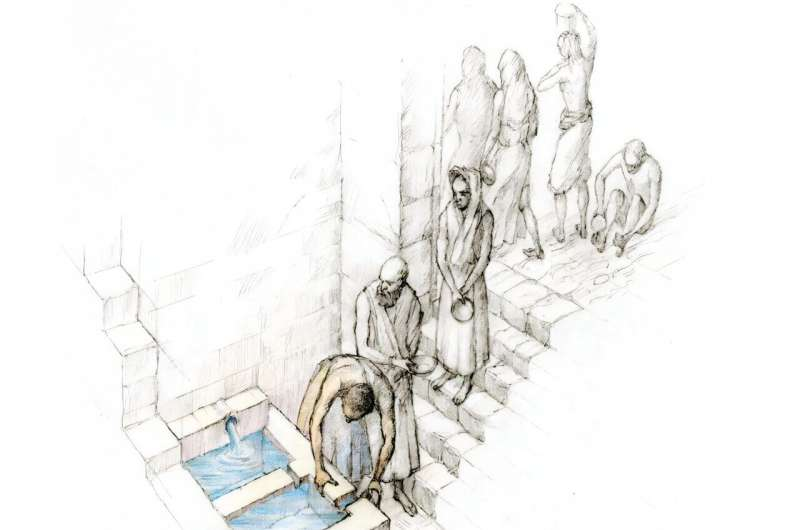A Groundbreaking Discovery
Archaeologists have uncovered 1.5-million-year-old bone tools in Tanzania, significantly pushing back the timeline for early human technology. These tools, crafted from large animal bones such as those of hippos and elephants, reveal that our ancestors were shaping and using bone for butchery far earlier than previously thought.
The discovery challenges long-held assumptions, as prior evidence of bone tool-making dated back only 400,000 years. The find suggests early hominins possessed advanced cognitive abilities, demonstrating their capacity to transfer tool-making techniques from stone to bone.
The Olduvai Gorge Excavation
This discovery was made at Olduvai Gorge, a UNESCO World Heritage site in Tanzania renowned for its rich fossil record and contributions to our understanding of human evolution. Since the pioneering research of Louis and Mary Leakey in 1959, Olduvai has provided invaluable insights into early human life, spanning nearly two million years.
In 2018, researchers excavated 27 bone tools from the T69 Complex at FLK West. These tools were found among thousands of stone artifacts and fossilized bones, securely dated using geochronological techniques. Their presence at hippo butchery sites suggests that hominins deliberately selected and transported large bones to create functional tools.
The Evolution of Tool-Making
The period between 1.66 million and 1.4 million years ago marks a pivotal shift in human technology. Early hominins transitioned from the simple stone tools of the Oldowan culture to the more advanced Acheulean handaxes and cleavers. The newly discovered bone tools indicate that Homo erectus—an evolutionary successor to Homo habilis—was already experimenting with alternative materials, applying stone knapping techniques to bone.
Unlike stone, bone breaks in a way that allows for the production of long, well-shaped tools. The process, known as knapping, involves striking the material to produce sharp edges ideal for butchery and other tasks. The tools found at Olduvai were made from large limb bones, demonstrating that Homo erectus not only understood skeletal anatomy but also selectively chose bones suitable for crafting durable implements.
Implications for Human Evolution
The discovery suggests that early humans recognized the advantages of bone as a tool-making material—possibly due to a scarcity of suitable stone or because bone provided better grip and durability. It also indicates a deeper understanding of the environment and resource utilization than previously assumed.
One reason such ancient bone tools have not been widely discovered may be their vulnerability to natural processes. Weathering, water transport, trampling, and scavenger activity can destroy organic materials before they fossilize. Additionally, researchers in the past may not have recognized signs of bone tool production among fossilized remains.
This groundbreaking find at Olduvai Gorge not only reshapes our understanding of early human technology but also encourages archaeologists to reexamine fossil assemblages for overlooked evidence of bone tool-making. As research continues, it may reveal even earlier innovations that contributed to human survival and cultural development.







